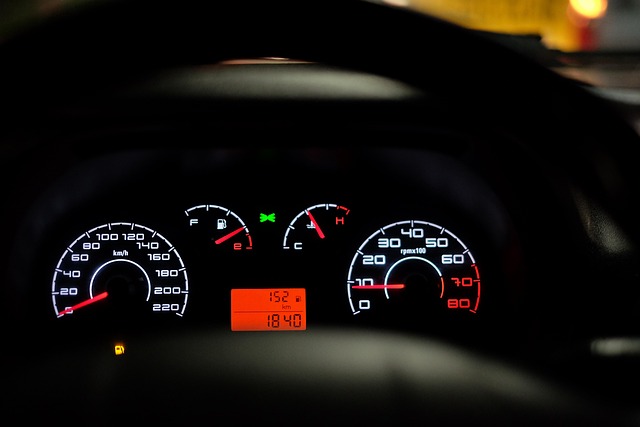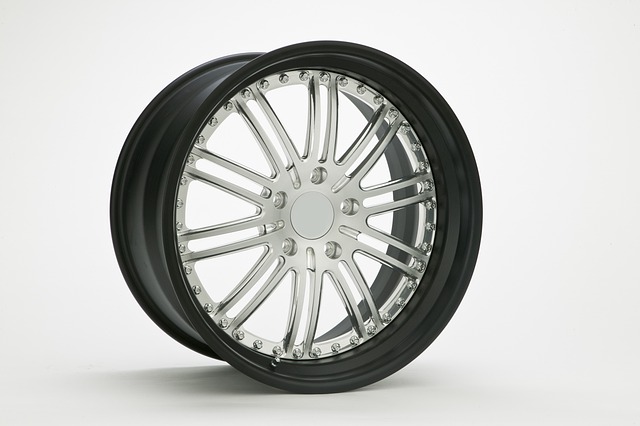Looking to register your car in California? Our step-by-step guide simplifies the process. First, understand California’s registration requirements for vehicles. Next, gather essential documents, including proof of ownership and insurance. Perform a DMV VIN verification to ensure compliance. Then, complete the application at the Department of Motor Vehicles (DMV), paying the required fees. Lastly, receive your registration plate and official documents, making your vehicle legally road-ready in California.
- Understand California Car Registration Requirements
- Gather Necessary Documents for DMV Visit
- Perform Vehicle Identification Number (VIN) Verification
- Complete Application and Pay Fees at DMV
- Receive Your Registration Plate and Documents
Understand California Car Registration Requirements

Before registering your car in California, it’s crucial to understand the state’s specific requirements for vehicle registration. The process involves several steps, including a DMV (Department of Motor Vehicles) vin verification, which ensures that your car meets safety and environmental standards. This verification is typically done by providing the Vehicle Identification Number (VIN) of your vehicle during the registration application.
A mobile vin verifier or even a simple vin inspection can help ensure your car’s history is clean and it complies with California’s regulations before proceeding with registration. This attention to detail is vital, as registering a vehicle that fails to meet these standards could result in delays or rejection, causing unwanted hassle and expenses.
Gather Necessary Documents for DMV Visit

Before heading to the California Department of Motor Vehicles (DMV), ensure you have all the required documents for a smooth registration process. The first step in registering your vehicle involves a crucial element known as VIN (Vehicle Identification Number) verification. This process helps to establish the authenticity and history of your car, which is essential for any vehicle’s registration. Gather the vehicle’s title, proof of insurance, and a valid driver’s license or state ID card. Additionally, you’ll need a current registration from another state if you’ve recently moved, along with any applicable fees.
For a more convenient and time-saving approach, consider utilizing mobile VIN inspection services that offer on-site verifications. These mobile vin verificators can perform the necessary checks remotely, allowing for quicker processing at the DMV. This is especially beneficial when dealing with unique or classic vehicles that may require additional documentation for verification.
Perform Vehicle Identification Number (VIN) Verification

Before proceeding with the registration process, it’s crucial to ensure that your vehicle’s Vehicle Identification Number (VIN) is legitimate and matches the make and model on record. This step involves performing a DMV VIN verification, which can be done through various official channels like the California DMV website or by scheduling a mobile vin inspection. A valid VIN inspection ensures accuracy in the registration process and prevents potential issues later.
A mobile vin verification service is particularly convenient as it allows you to get this crucial check done from the comfort of your location. This method streamlines the initial steps of car registration, saving time and effort compared to traditional methods. Ensure that the VIN on your vehicle’s registration documents aligns with what’s displayed in the results of your vin inspection before proceeding further in the registration process at the DMV.
Complete Application and Pay Fees at DMV

After gathering all necessary documents, it’s time to complete your car registration at the DMV (Department of Motor Vehicles). You’ll need to fill out Form MV-5, which is the Application for Title and Registration. This form requires detailed information about you as the owner, as well as specifics about your vehicle, including its make, model, year, and VIN (Vehicle Identification Number). A crucial step in this process involves a dmv vin verification, ensuring that the VIN on your car matches the one listed in the records.
Once your application is complete, you’ll need to pay the required fees. These include registration fees, title fees, and possibly additional charges based on your vehicle’s emissions status. To streamline this process, consider using a mobile vin verifier or mobile vin inspection service, which can save time by allowing for remote VIN checking and reducing visits to the DMV.
Receive Your Registration Plate and Documents

After completing your vehicle’s purchase, it’s time to receive your registration plate and essential documents. In California, this process involves a few key steps. First, ensure you’ve obtained a Vehicle Identification Number (VIN) inspection through a mobile vin inspector or a certified verifier. This step is crucial for verifying the vehicle’s history and ensuring it complies with state regulations.
Once your VIN inspection is complete, head to your local Department of Motor Vehicles (DMV) office. Bring along all necessary paperwork, including proof of purchase, insurance, and identification. The DMV will issue your registration plate and provide you with the required documents, allowing you to legally register your vehicle in California.
Registering a car in California involves understanding state requirements, gathering essential documents, and completing a simple process at the DMV. After performing a crucial dmv vin verification using your vehicle’s unique identification number (VIN), you’ll fill out an application, pay applicable fees, and receive your official registration plate and documents. This ensures legal compliance and allows you to hit the road with confidence in the Golden State.



